Off the Map Week 12: Spring cleaning
My performance on the slopes of Sonora Peak was underwhelming. I was breathing hard and felt sapped of vitality, which did not bode well for the more ambitious hikes I’d planned to undertake during the last two weeks of summer. At first I blamed the altitude, or the extended period of missed meals I endured at the Burning Man Festival. But then I finally remembered … Oh yeah … I’m sick. I sniffled a little extra to remind myself of that fact, then continued up the mountain at a less punishing pace.
It was hard to feel sick when the wildflowers covering the land around me looked so rich and vibrant. Sonora Peak stood midway between the gentler northern Sierras and the windswept alpine country of the “high” Sierras, which included Mt. Whitney and Yosemite National Park. Upon reaching the summit, I blew my nose and stared south into the white-capped sea of ragged ridgelines, contemplating the challenges that were sure to arise in the weeks ahead. A resurgence of good health would go a long ways towards helping me survive if winter came early to the mountains.

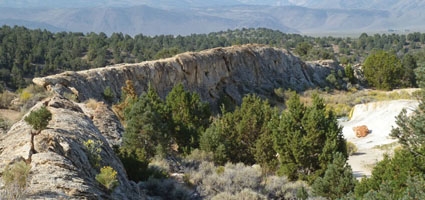

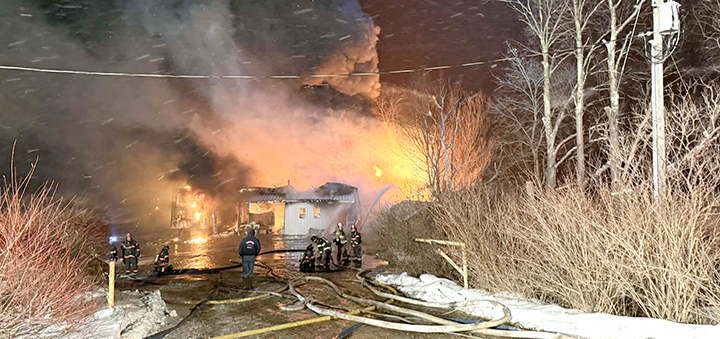
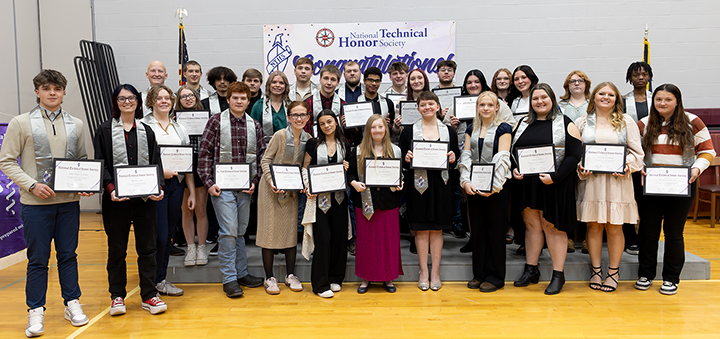
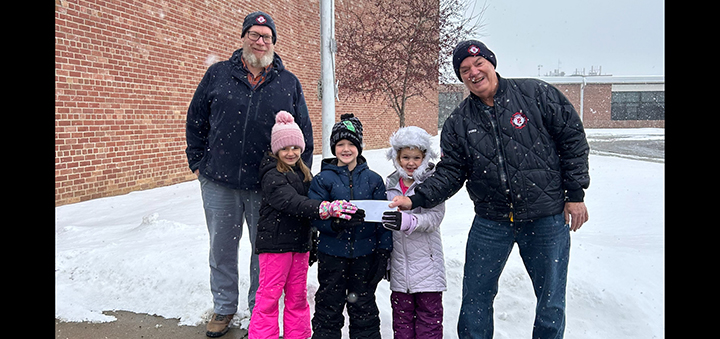
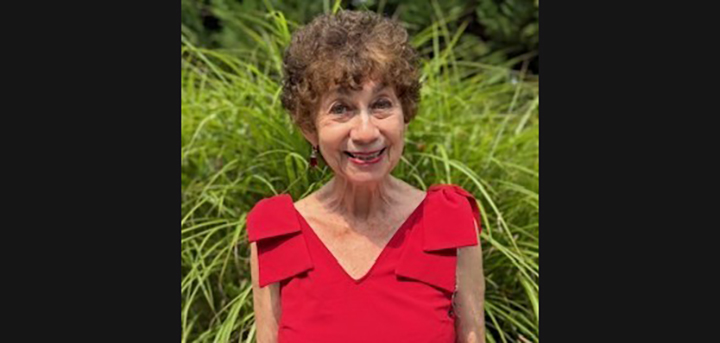

Comments